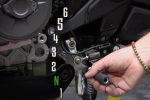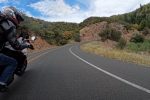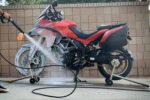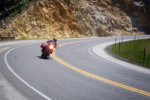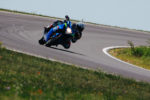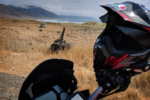Learn How to Gain Confidence In Your Tires
You want to be able to trust your tires? Yeah? You want to know what it feels like to be able to lean into a corner or go to the brakes and know they will stick.
Tires are crazy complicated things that are constantly being improved. Nothing improved the quality of the motorcycle riding experience quite like the insane improvements to tire technology since I was a new rider. You know, back when we would debate over which wood offered the most grip. Obviously, pine for track days and oak for touring. Duh.
Now, when it comes to tires, there are still some things that we have a lot of control over that can make things a whole lot worse or a whole lot better. So here are three things, that we have a lot of control over, that can give you worlds more confidence in your tires.
Have Good Tires
This may sound obvious, but if you want to be able to trust your tires, make sure you have tires you can trust. I can’t tell you the number of folks I’ve worked with want to trust their tires, but when I go look at their bike, their tires are awful.
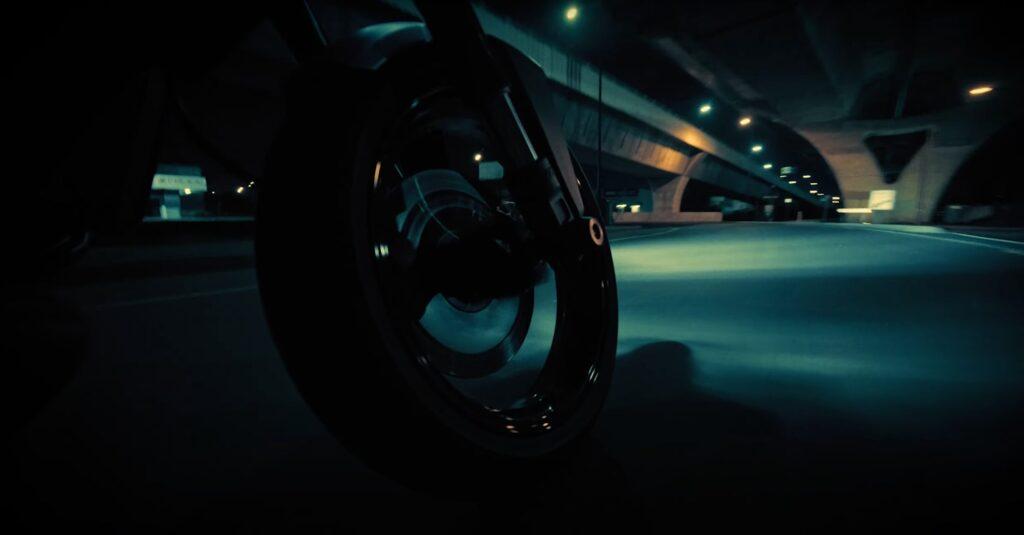
Listen, tires are arguably the most important part of your bike! They are the first line of defense against landing on your head. They wear out. They age out. Just by sitting, UV light, humidity, pollution and even oxygen causes rubber to break down, crack, get hard and less grippy! What tires are on your bike right now? Do they match? And how old are they?
If you want to have confidence in your tires, run tires that you can trust. Buy reputable, name brands. Buy the correct size tires for your bike. Yeah, a 200 width tire looks sick! Right?! But the correct size tire is determined by the size of your wheel. When you run a narrower or wider size than you should, it deforms the tire and usually results in less grip. Less grip. Less confidence.
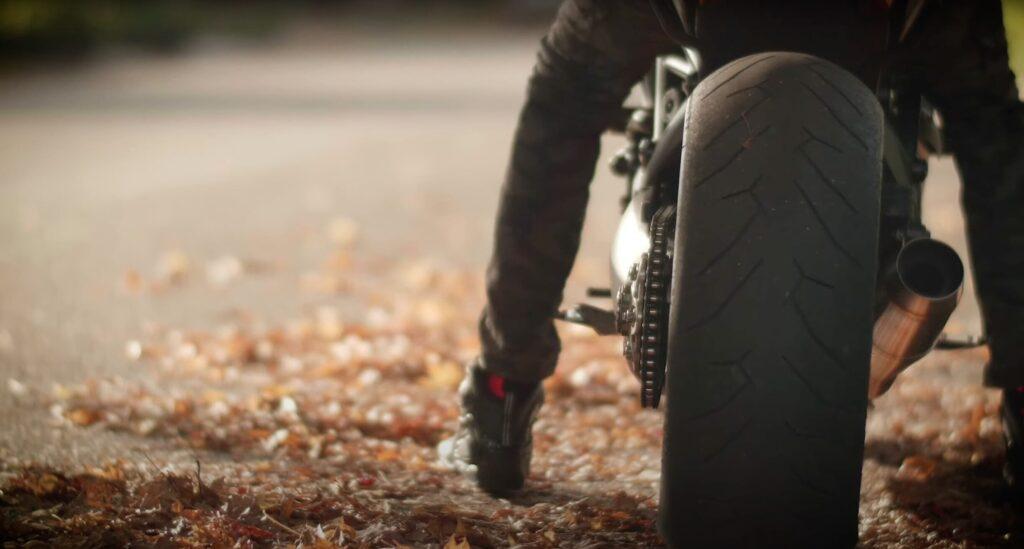
Also, make sure you tires match. Running a hypersport from one manufacturer on the rear and a touring from another on the front. It might be fine. But it might not. Trust isn’t built on “Might be”. So run matching tires.
You also want to choose tires for your application. Despite what you may think, race tires are not softer. They are sometimes ten times harder than street tires because the environment they have to function in is far more abusive. If you run a touring tire on a race track at race pace, it can, no kidding, melt. So be honest about how you ride and get a tire for your application.
There’s a whole lot to how exactly tires work how tires intended for different purposes have wildly different construction. If you want to learn more about this, look up Hysteresis, but suffice to say, the majority of street riders will be happier with what’s typically called a road tire.
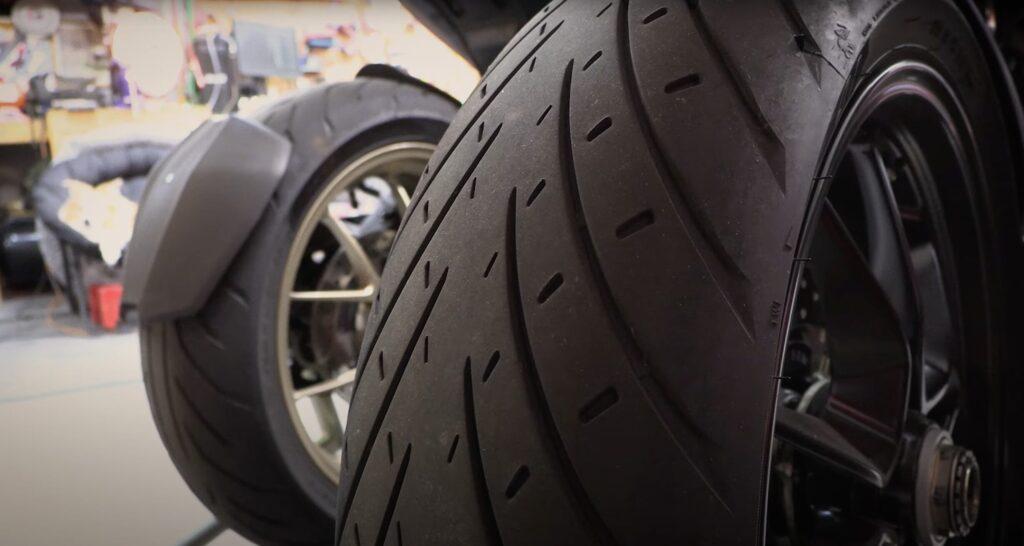
They last longer, have dual compounds in the rear. More durable in the center, grippier on the sides and honestly, yes, can totally do the occasional track day. They work better in the cold and the wet and they are designed to warm up faster.
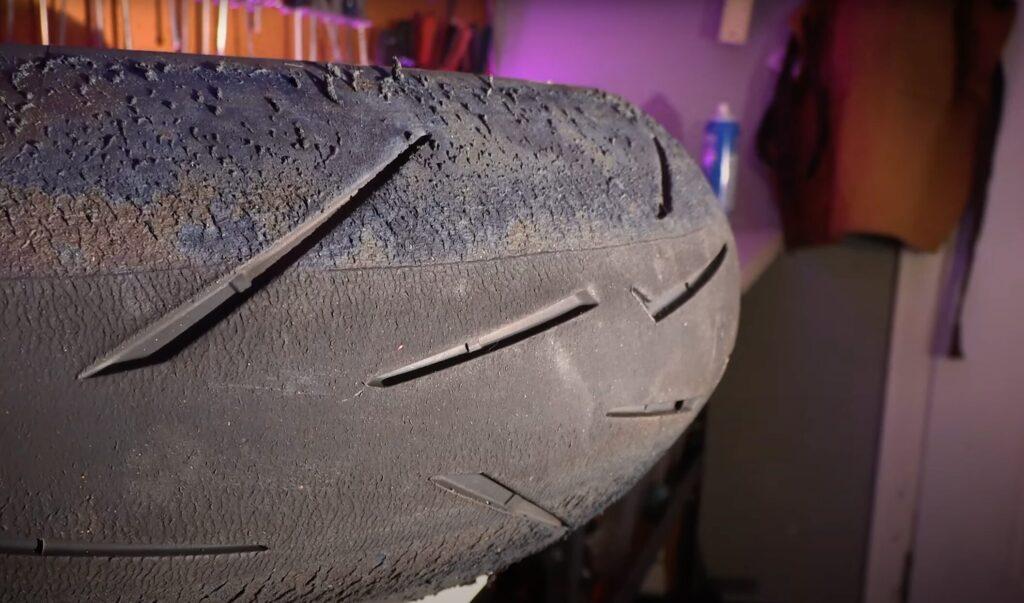
We’re going to talk quite a bit about the importance of warm tires here in a minute. But the important part here is in order to be able to trust your tires, you gotta have tires worthy of trust.
Pressure
What is the tire pressure on your bike right now? Not what they should be set at, but what are they actually? What does the manual say your pressure should be? Why is pressure so important?
It’s crazy how often incorrect tire pressure shows up in crash data. That means we know that as a community, we’re terrible about managing our tire pressure, when it really should be a top priority. If your tire pressure isn’t correct, then nothing else we talk about here matters.
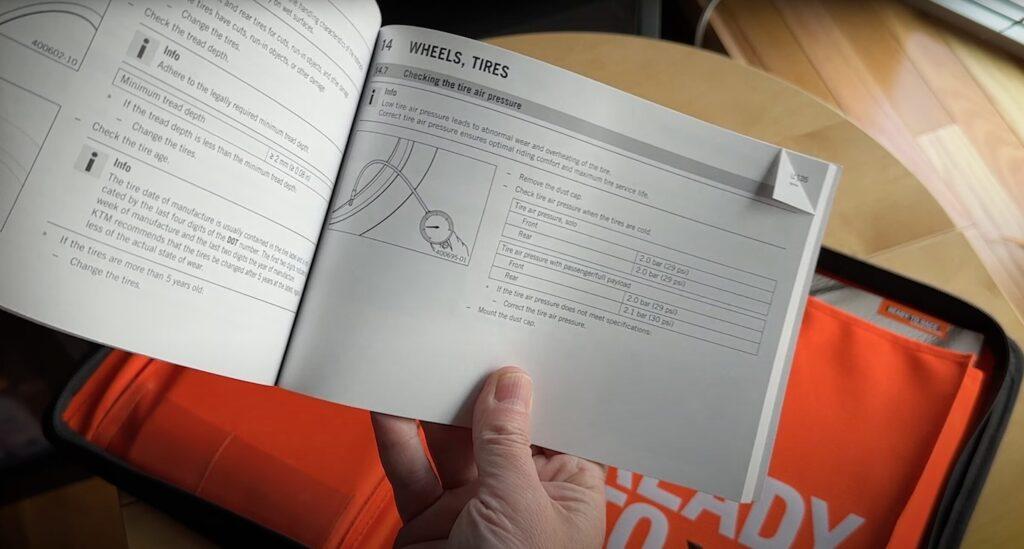
Air pressure is what holds your bike up. The amount of air that should be in your tires is very specific to your bike and how much weight you have on your bike. Luggage or a passenger, or whatever. This is why just running the max psi stamped on the sidewall is rarely the correct pressure. Your owners manual will give you the correct pressure for your bike. Yes, we can tweak these numbers based on a number of specifics, but we need to start with that number. Despite what some nice person on the internet said. Remember, your bike was developed by expert riders and professional racers.
Temperature
Now, we have to take as second to cover the basics of how tires work. Your tires have to be at a certain temperature for them to work correctly. We all want our tires to grip, right. Well, grip is made up of a few things, and air pressure plays a big part in this too.
The first is molecular adhesion. This is basically the rubbers ability to deform and conform to the road. This is sometimes called “keying”. This is affected by the hardness of the rubber. Often called the compound. The carcass of the tire, basically how many and how thick the metal belts inside the tire. And by the temperature of the rubber. Obviously warm rubber is more pliable than cold rubber, right.
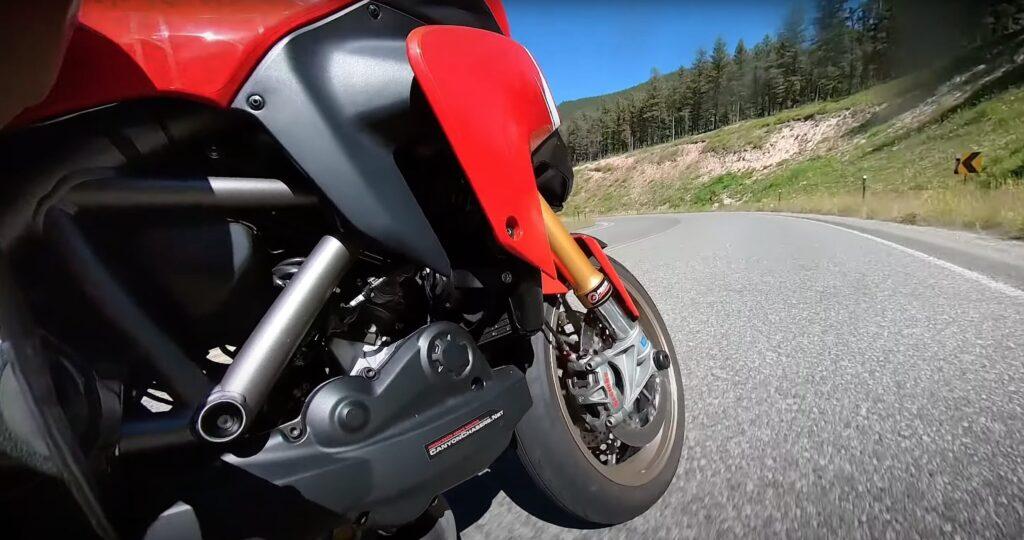
The second is called “pressure” by sciency folks. Not to be confused with tire pressure, this is how much weight is over the tire, that includes weight of the bike plus how much we load the tire. When we accelerate weight goes over the rear tire. When we slow weight goes over the front tire. This increases the pressure or weight over the tire, deforms it, makes the contact patch bigger, pushes the rubber into the ground, causing the rubber to deform to the shape of the road, so there is basically more tire on the ground.
This is part of why grip is constantly changing. On the exact same bit of road, a cold tire with no weight over it will provide a different amount of grip than a warm tire with weight over it. There’s a lot more to this, but these are the basics.
Now, one way a tire generates heat, or gets warm, is from flexing the sidewall. You’ve seen formula one guys swerve side to side to flex the sidewalls of their tires, but motorcycle tires are different. The best way to get our tires sidewalls to flex is through acceleration and slowing.
Why does this matter? Most street tires are designed to work between 60 and 70 degrees celsius or about 150 Fahrenheit. Race tires are designed to work upwards of 95 degrees (over 200 freedom degrees). Keep this in the back of your mind because we’re going to come back to this.
So back to the importance of tire pressure. Too much pressure, can our tires flex enough to get warm? Too little pressure, are our tires flexing too much and getting too hot, or flexing and deforming so much the bike is losing stability? We leave our driveway and lean hard into the first turn out of the neighborhood. Did you tires get warm in that half block of riding, or was the pressure so low, the tire rolls out from underneath us?
According to Yamaha Champ School one of the biggest reasons riders crash is cold tires. Next time you go for a ride, as soon as you stop put your hand on your tire. Is it hot to the touch, or just warm, or worse, is it cold to the touch. Remember how warm your tire should be?
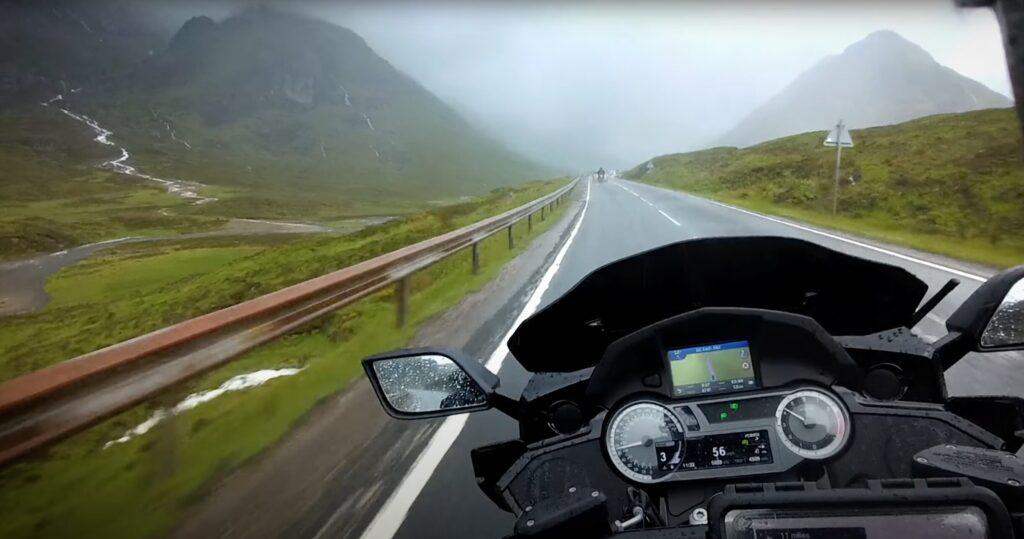
What else affects tire temperate? Riding in the rain or in the cold. Black asphalt in the sun. White concrete in the shade. Riding at a steady speed in a straight line for a long time doesn’t hardly flex the tire. If you talk to the long-distance touring guys, a lot of them have real time tire monitoring systems and will tell you how they can watch the tire cool down and get cold just from riding down the freeway.
So here’s why Tire Pressure and temperature and inexorably linked. That pressure number is so important, not only for how the bike handles and how much weight you can carry, but as the tire gets hot the pressure increases and it manages how much the sidewall will flex to get the tire to correct operating temperature range.
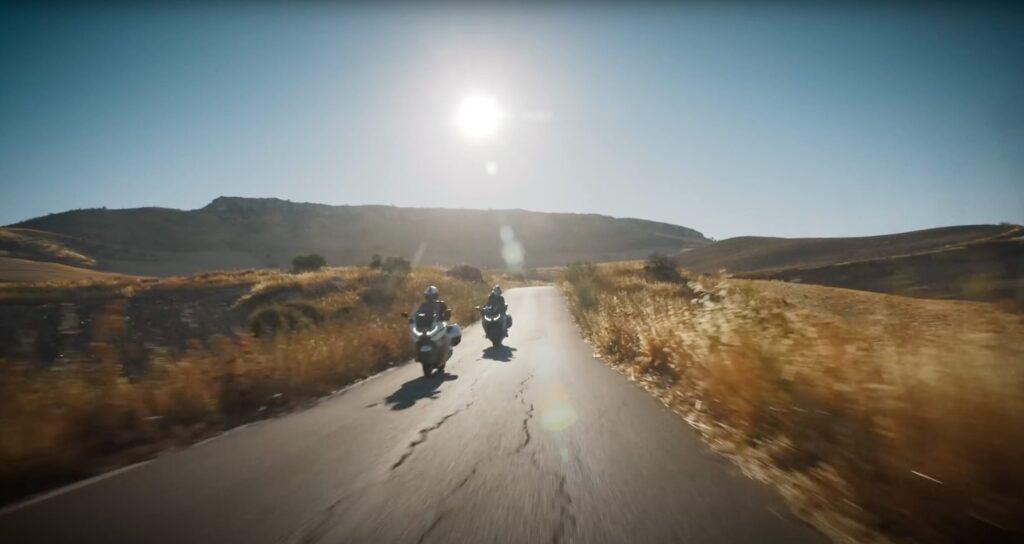
So that was a whole lot of information to tell you why your tire pressure is critical. If you want to have faith in your tires, you need this number to be set correctly. The second part of that is your tires need to be within a certain temperature range in order for them to grip correctly. Too cold. Not much grip. Too hot. Not much grip.
The Solution?
Nowt that we have quality, matching tires with correct pressure, and we know they are nice and warm, we can just send it, right?
I’ve been coaching at track days for a lot of years, and this always surprises me. If it’s a hot day, middle of the summer, the track is hot and sticky – that means conditions are perfect for having a lot of crashes. Like, the crash truck will be running all day long. Now, if it’s a cold day, early season, whatever. We’ll have almost no crashes. What can we learn from this?
Ironically, it’s when riders don’t trust their tires; that’s when they crash less. That means when the speeds are up, or when the grip goes down, that’s when things really matter and being less trusting is how we minimize the chances of landing on our head. So whats the answer then?
Trust but verify. That time the Empire trusted without verification is how the rebels got past that blockade. . So how do we trust but verify that everything is going well with our tires? Motorcycles are high risk. How do we stay inside that circle of trust? Easy, It’s the first and last 5% of how we interact with our bikecontrols. Your tire is a spring with no damping. Drop your tire onto the ground. It’ll bounce. The exact same thing happens when we are abrupt with our controls. If we stab the brake the front tire is going to push back If we chop the throttle. If we whack the throttle.
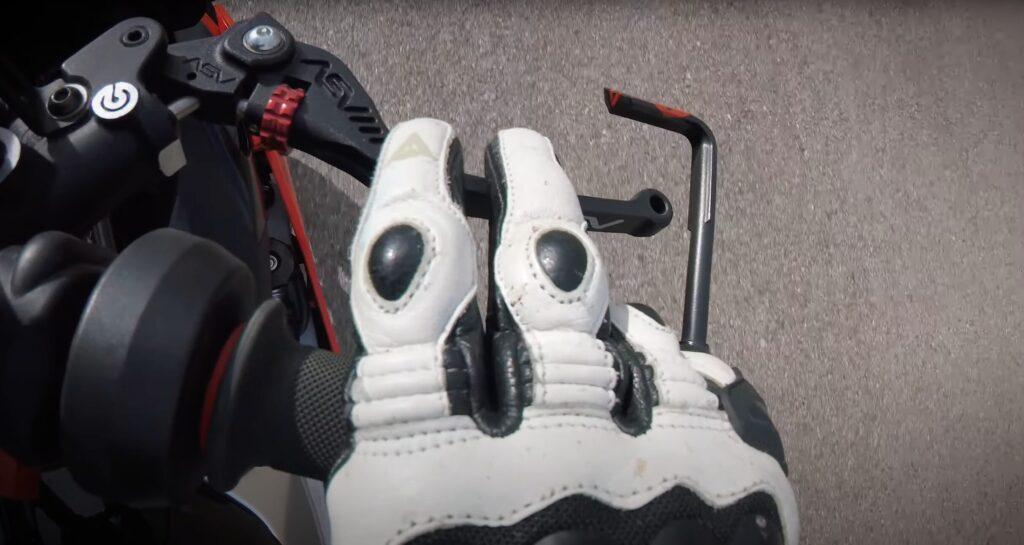
If we grab the brakes and hit the throttle, we’ll blow past that first 5% – diving right into blind trust before we’ve verified. Maybe it works 100 times in a row, but this time we’ve neglected to check our pressure. The suns out, but the road is cold and it’s taking a lot longer for your tire to warm up than usual, there’s a thin layer of sand from the wind. For whatever reason, we have less grip that we did in that last corner. Now that abruptness has caught us out. The tire slips and we fall down. We tell everyone, including ourselves, it was the crappy tire’s fault. But whose fault was it really?
If there was snow on the road, or it was raining, we’d never hammer any control, right. We’re downright delicate with how we squeeze that brake right. Well, we need to bring a little bit of that distrust into all of our riding. Trust… But verify!
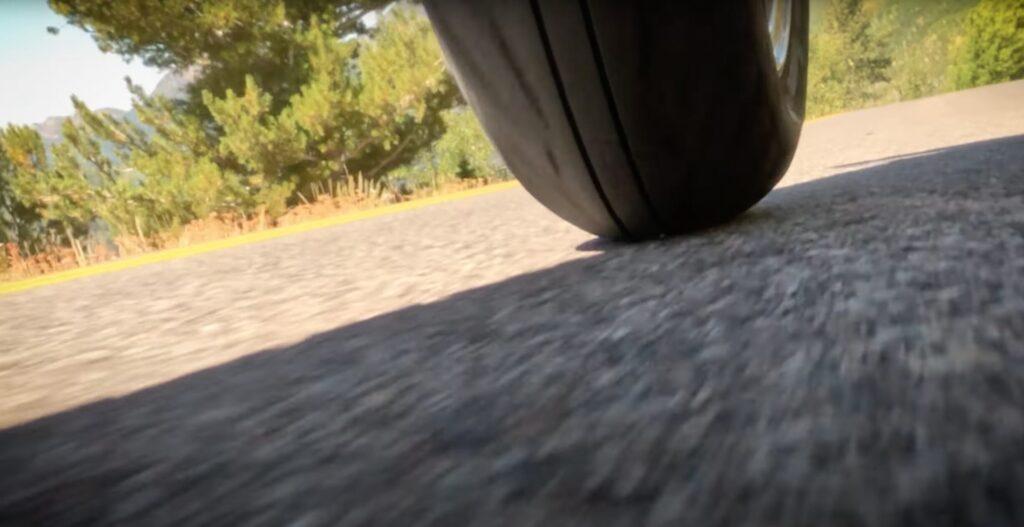
We ease into the front brake. We sneak the throttle on. The first and last five percent of how we use a control is the most important because it’s our opportunity to verify that we have grip. It gives the tire time to adapt to what we are asking of it. It gives the tire a chance to let us know if something isn’t right while there is still time to correct. Smooth, linear inputs for that first and last five percent of a control is like asking our tires a low risk question to make sure, to verify they’re listening.
Look, this is the magic sauce about how this all comes together. We make sure we buy good tires. We make sure our pressure is set. We go easy, accelerating and braking while straight up and down, to warm up our tires. Then we verify everything went to plan with smooth, linear, progressive inputs .for gas and brakes and even steering inputs . We want to sneak up on our available grip. If the tire starts to slip, we’ll feel it because it will feel different! We’ll be able to back off whatever control we’re using. If we’re abrupt with big fast movements, we’ll blow right past our available traction and land on our head before we can blink. But, when we follow these steps, what you’ll likely discover is that your tires have far more grip than you ever realized.
